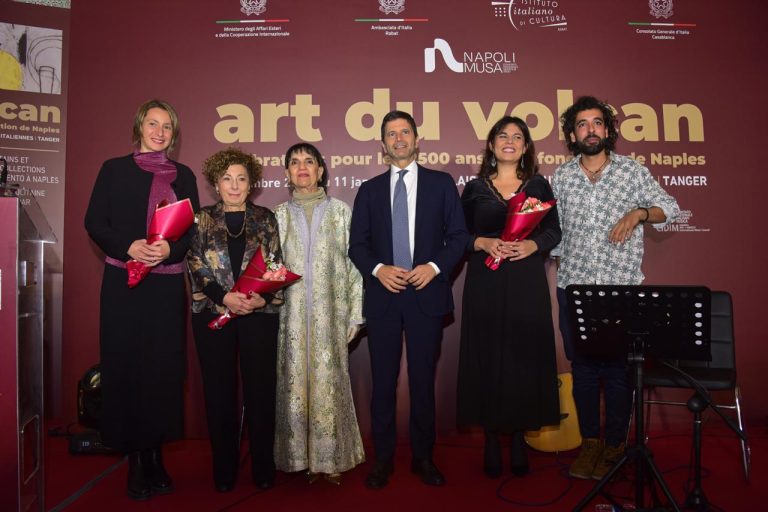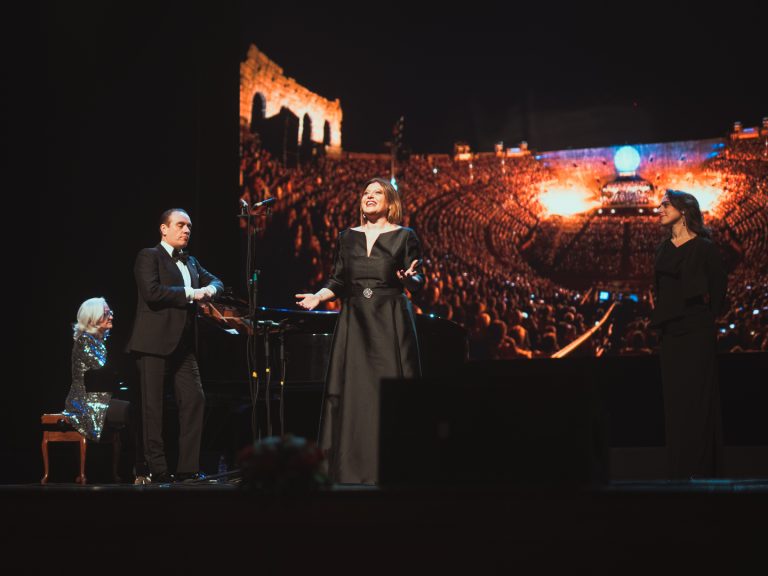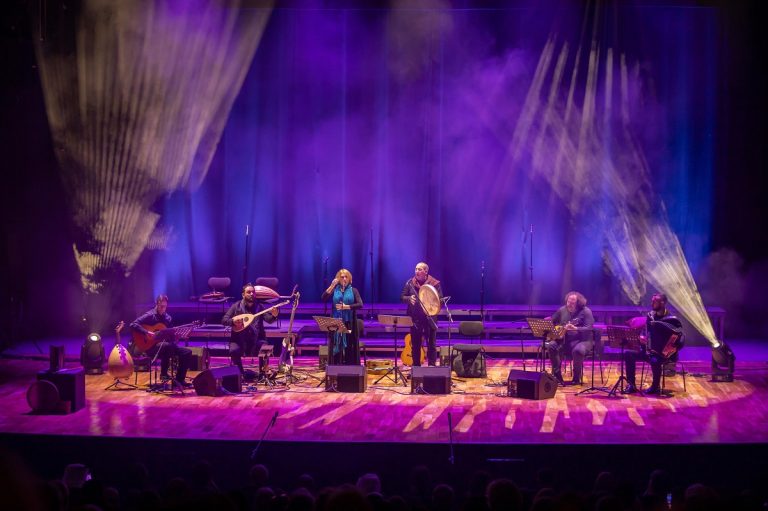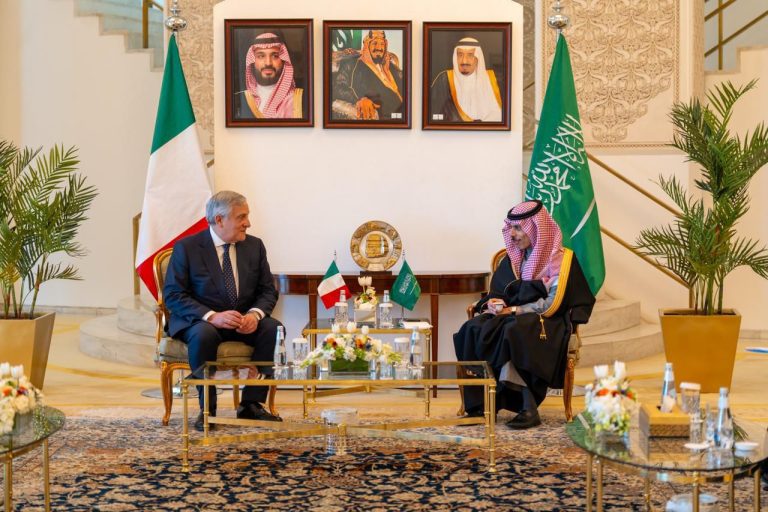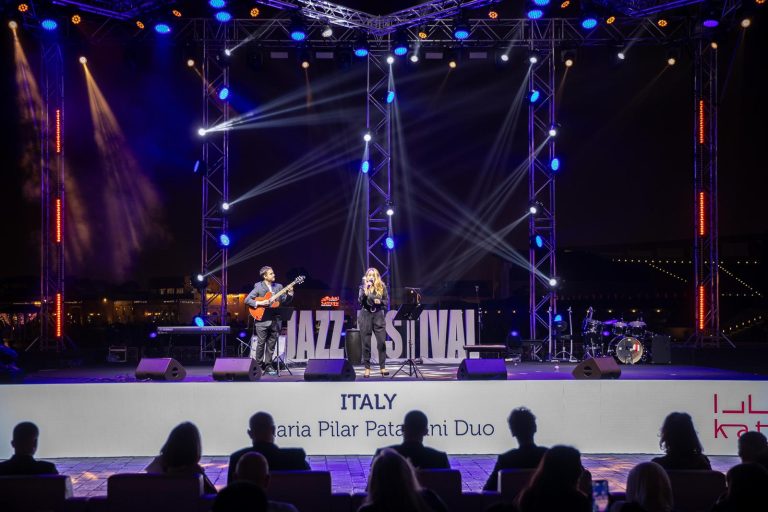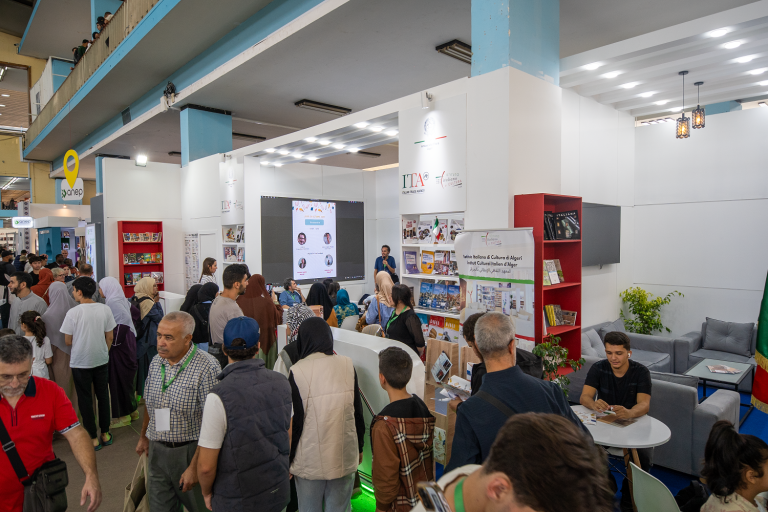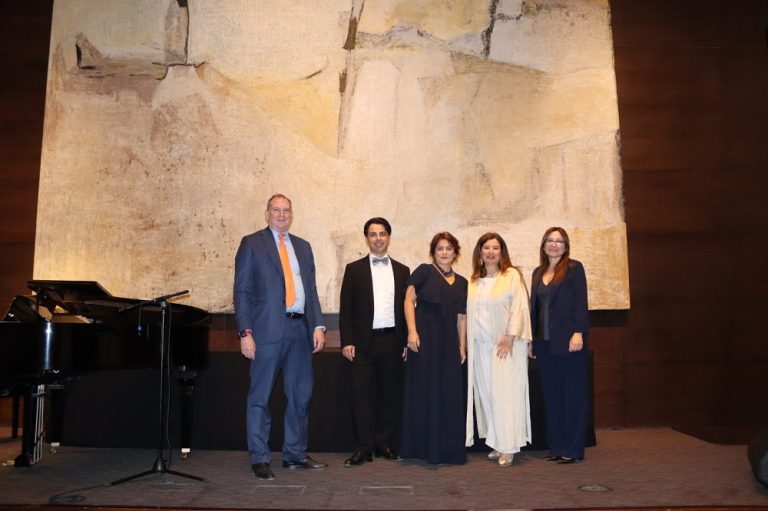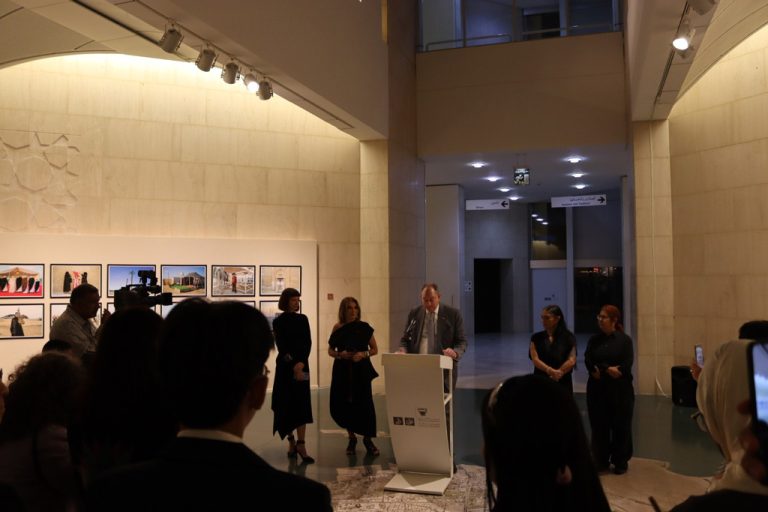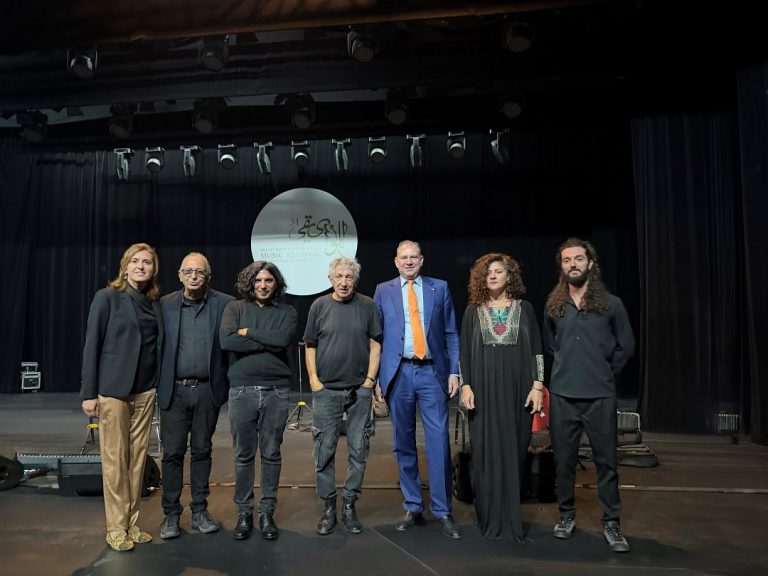The Foreign Ministry’s contribution to preserving Afghanistan’s archaeological treasures The contribution of the Foreign Ministry to the Italian Archaeological Mission in Afghanistan, which has again been renewed for 2018, will be allocated to training Afghan archaeological experts and financing their field research. The mission, which has been operating in the Country since 1957, is directed by the International Institute for the Middle and Far East (ISMEO) which also supports the conservation of the Country’s inestimable archaeological and artistic heritage.
“Over time, the osmosis between fieldwork and theoretical and academic research has created a sound tradition of studies, perhaps unique in the world,” explained the director of the programme, Anna Filigenzi. She continued: “In addition to making innovative contributions towards expanding our knowledge of the cultural history of Afghanistan, the Italian Archaeological Mission continued to assure the scientific training and generational turnover of experts also during the difficult years of conflict.”
The Mission was suspended following the political events at the end of the ‘70s and resumed its fieldwork in 2002 in the area of Ghazni, in central-eastern Afghanistan. However, for reasons of security and in a concerted effort with the Foreign Ministry and the Italian Embassy in Kabul, the Mission recently adopted flexible telework strategies. Thanks to specific agreements with the Archaeology Institute of Afghanistan, it contributed to the excavation of the Buddhist sites in Tepe Narenj and Qol-e Tut, in the area of Kabul, by cooperating in the studies and restauration work. Equally important is the effort placed in disseminating the results of the studies through a digital repository (http://ghazni.bradypus.net/) and through training courses, doctorates, publications, conferences and presentations at international conferences.
“The comparative study of techniques, materials and aesthetic codes drawn from past and recent archaeological finds has opened a promising and innovative research approach to the 1st millennium A.D. in Afghanistan,” added the deputy director of the programme, Roberta Giunta.
The relevant results of this flexible work approach, which combines theory and practice, were mirrored by the importance focused on Afghanistan, before a public of Afghan archaeologists and researchers, at the 24th Congress of the European Association for South Asian Archaeology and Art that was held at the L’Orientale University and ISMEO in Naples from 2 to 6 July.

